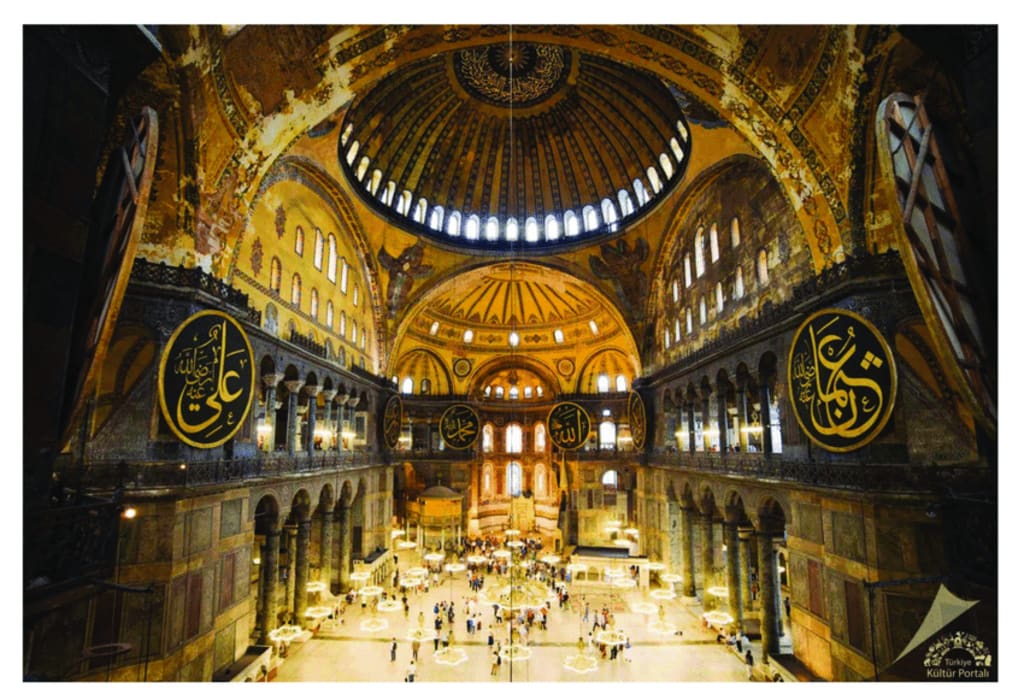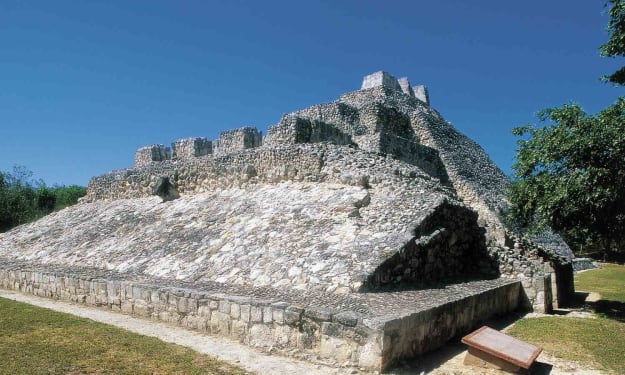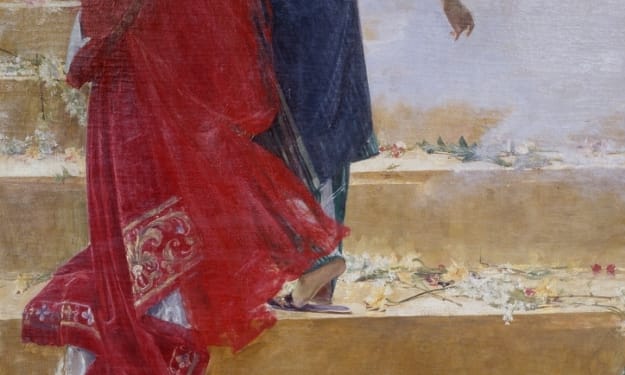Hagia Sophia: Architectural Marvel and Historical Icon
Historical

Hagia Sophia, an architectural masterpiece located in Istanbul, Turkey, stands as a symbol of historical grandeur and cultural fusion. Originally built as a cathedral in the Byzantine Empire, later converted into a mosque during the Ottoman Empire, and now a museum, Hagia Sophia has witnessed the rise and fall of empires, making it a testament to the region's rich and complex history. This article delves into the remarkable construction, historical transitions, and enduring significance of Hagia Sophia.
The origins of Hagia Sophia date back to the 4th century when the first church on the site was constructed under the orders of Emperor Constantine I. This original structure, however, was destroyed during riots. The current building, which is the third iteration, was commissioned by Emperor Justinian I and completed in 537 AD. Designed by the renowned architects Anthemius of Tralles and Isidore of Miletus, it was constructed in just five years, a feat remarkable for its time.
Hagia Sophia's architecture is a marvel of engineering and design. The most striking feature of the structure is its massive dome, which was the largest in the world for nearly a thousand years and still captivates with its grandeur. The dome measures 31 meters in diameter and is supported by pendentives, a revolutionary architectural solution that allowed the circular dome to rest on a square base. This innovative design creates an illusion of the dome floating in the air, giving the interior an ethereal quality.
The interior of Hagia Sophia is equally breathtaking, adorned with mosaics, marble pillars, and intricate decorations that reflect both Byzantine and Ottoman artistic influences. The mosaics, in particular, are notable for their detailed depictions of Christian iconography, including Christ Pantocrator, the Virgin Mary, and various saints. After the Ottoman conquest, Islamic calligraphy and motifs were added, creating a unique blend of artistic traditions.
Hagia Sophia served as the central church of the Eastern Orthodox Christianity and the seat of the Ecumenical Patriarch of Constantinople for nearly 1,000 years. It was the site of numerous important events, including imperial coronations and religious ceremonies. The building's influence extended far beyond its religious function, symbolizing the might and sophistication of the Byzantine Empire.
In 1453, Constantinople fell to the Ottoman Turks, marking a significant shift in the history of Hagia Sophia. Sultan Mehmed II ordered the conversion of the cathedral into a mosque. This transformation involved adding Islamic architectural features, such as minarets, a mihrab (prayer niche), and a minbar (pulpit). Despite these changes, the Ottomans preserved much of the original Christian art, covering it with plaster rather than destroying it, which has allowed for the preservation of the mosaics.
For almost 500 years, Hagia Sophia functioned as one of the most important mosques in the Islamic world. It inspired the design of many other Ottoman mosques, including the famous Blue Mosque in Istanbul. The building continued to be a focal point of religious and cultural life in the Ottoman Empire, embodying the continuity and change of empires.
In 1935, under the secular government of Mustafa Kemal Atatürk, Hagia Sophia was converted into a museum. This decision was part of broader efforts to secularize and modernize Turkey. As a museum, Hagia Sophia became a symbol of universal cultural heritage, attracting millions of visitors from around the world each year. Its status as a museum allowed for the restoration of both Christian and Islamic artworks, providing a unique opportunity to appreciate the diverse history encapsulated within its walls.
The decision to revert Hagia Sophia back into a mosque in 2020 has reignited debates about its role and significance. While it functions as a mosque once again, it remains open to visitors, continuing to be a place where history, architecture, and culture converge.
Hagia Sophia's enduring legacy lies in its ability to transcend the specificities of time, religion, and politics. It stands as a monument to human ingenuity and the complex tapestry of cultural and religious history. Whether viewed as a church, mosque, or museum, Hagia Sophia remains a profound symbol of the interconnectedness of civilizations.
In conclusion, Hagia Sophia is not just an architectural marvel but a historical icon that encapsulates the ebb and flow of empires, the fusion of cultures, and the enduring spirit of humanity. Its majestic dome and rich decorations continue to inspire awe and admiration, while its layered history offers invaluable insights into the diverse cultural heritage of Istanbul and the broader world.
About the Creator
Marveline Merab
“History never repeats itself. Man always does.”
― Voltaire
Enjoyed the story? Support the Creator.
Subscribe for free to receive all their stories in your feed. You could also pledge your support or give them a one-off tip, letting them know you appreciate their work.






Comments
There are no comments for this story
Be the first to respond and start the conversation.